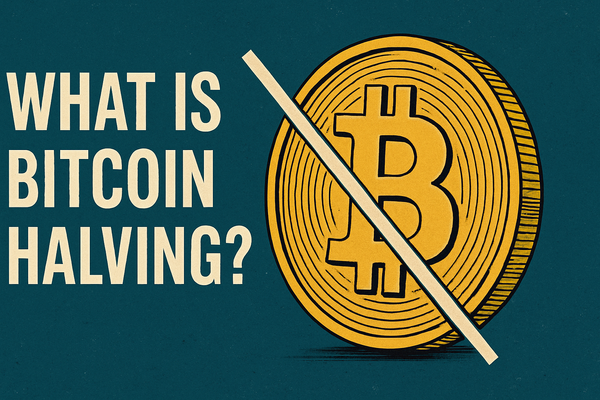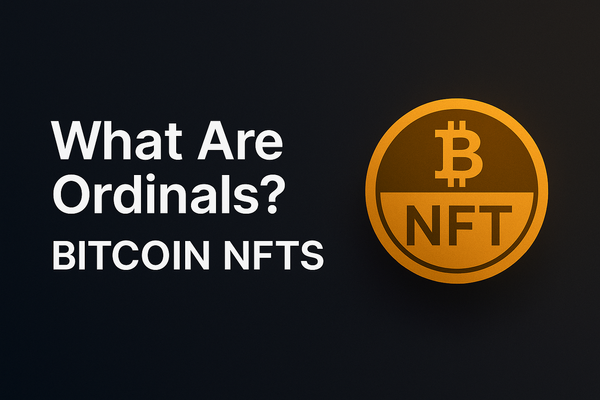Ethereum Pectra Upgrade: Key Features, EIPs, and Impact on Ethereum’s Future
The Ethereum Pectra upgrade, set for May 2025, combines the Prague execution layer and Electra consensus layer to enhance scalability, staking, and dApp development.
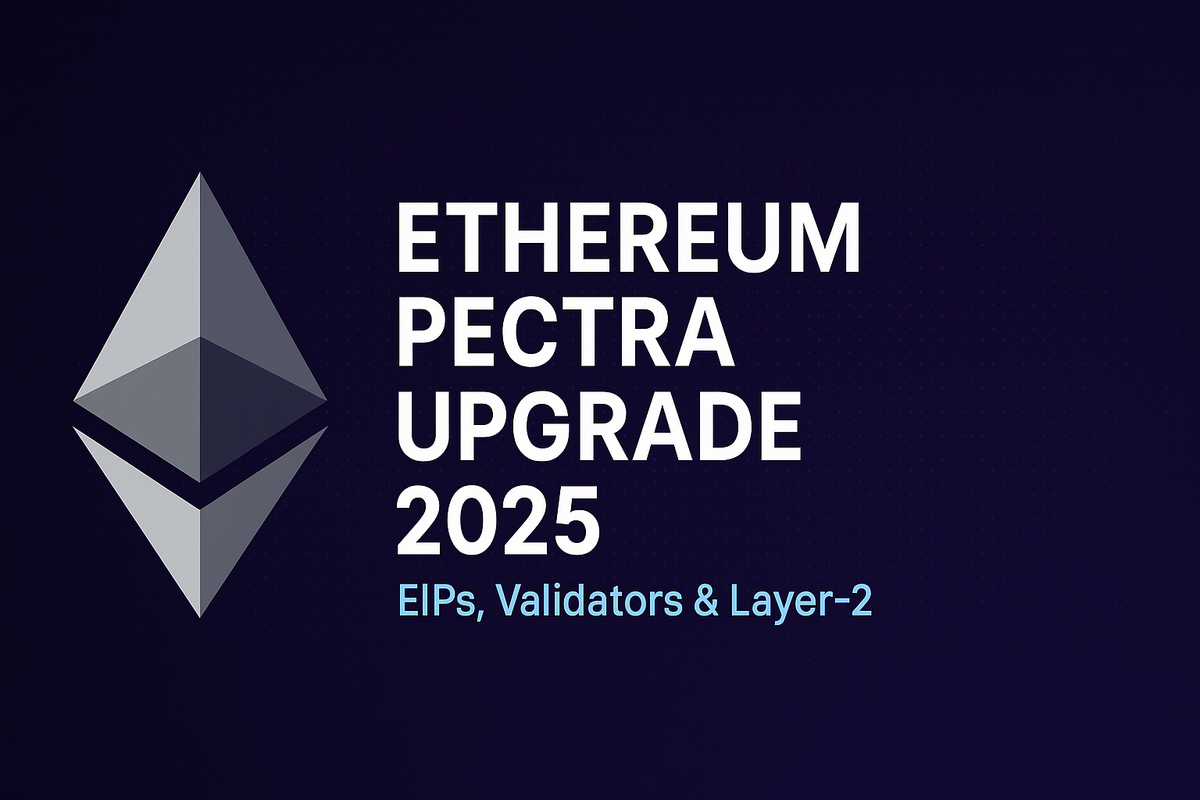
The Ethereum Pectra upgrade, set to activate on the Ethereum mainnet on May 7, 2025, is a landmark development that aims to significantly enhance the Ethereum blockchain's scalability, efficiency, and user experience. By combining two crucial upgrades—the Prague execution layer and the Electra consensus layer—the Pectra upgrade is designed to address Ethereum’s ongoing challenges in handling growing transaction volumes and user demands.
With Ethereum's transition to a more robust and adaptable network, Pectra will lay the foundation for future innovations in decentralized applications (dApps), decentralized finance (DeFi), and validator staking. In this article, we’ll explore the key features of the Pectra upgrade, focusing on its Ethereum Improvement Proposals (EIPs), the expected impact on validators, and what users and developers can anticipate post-activation.
What Is the Ethereum Pectra Upgrade?
The Pectra upgrade is a major Ethereum protocol enhancement that combines two critical components: the Prague execution layer and the Electra consensus layer. Together, these upgrades aim to address some of Ethereum's most pressing issues, such as scalability, transaction throughput, and validator efficiency. The Prague execution layer focuses on optimizing Ethereum's transaction processing and data availability, while Electra brings improvements to the consensus mechanism, enhancing the overall security and performance of the network.
One of the primary goals of the Pectra upgrade is to increase Ethereum's scalability. By introducing changes to how transactions and data are processed, Ethereum will be able to handle higher volumes of traffic without compromising security or decentralization. Additionally, Pectra introduces improvements to the validator infrastructure, allowing for more efficient staking and reduced operational costs. These changes are designed to make Ethereum more attractive to validators and staking services, which are critical to the network’s continued growth and security.
Furthermore, the Pectra upgrade lays the groundwork for the next generation of decentralized applications (dApps) and decentralized finance (DeFi) platforms. By providing a more scalable and secure environment, the upgrade will enable developers to build more complex and resource-intensive applications that can run smoothly on the Ethereum blockchain.
Key Ethereum Improvement Proposals (EIPs) in Pectra
The Ethereum Pectra upgrade introduces several critical Ethereum Improvement Proposals (EIPs) that are designed to enhance the scalability, security, and user experience of the Ethereum network. Below are some of the most impactful EIPs involved in the Pectra upgrade:
EIP-7251: Increase in Validator Stake
EIP-7251 proposes a significant change to Ethereum's staking model by increasing the maximum validator stake from 32 ETH to 2,048 ETH. This adjustment allows validators to consolidate their stakes, reducing the number of validators required to maintain network security. As a result, the network will experience improved staking efficiency and a reduction in the overall operational costs for validators. This change also opens the door for institutional staking services to participate more easily, which could bring additional capital to the network.
EIP-7702: Introduction of Smart Accounts
EIP-7702 introduces a new concept of smart accounts on Ethereum. Externally Owned Accounts (EOAs), which are traditionally used by individuals, will now have the capability to function as smart contracts for a limited period. This proposal enables enhanced user experience by allowing wallets to batch transactions, set programmable spending limits, and implement multi-signature features directly within the wallet interface. Additionally, this new functionality will be particularly useful for decentralized applications (dApps), allowing developers to create more flexible and interactive user experiences.
EIP-7002: Secure Validator Actions
EIP-7002 focuses on enhancing security and ensuring that validator actions, such as withdrawals and exits, are securely handled through the execution layer. The proposal aims to make the validator exit process more streamlined and secure, preventing potential vulnerabilities in the way validators interact with the Ethereum blockchain. This enhancement also reduces the likelihood of accidental or malicious behavior, promoting greater network stability and trust.
EIP-7691: Blob Data Capacity
One of the most significant improvements in Pectra is the proposal in EIP-7691 to double the blob data capacity per block. Blob data is essential for supporting Layer-2 solutions, as it allows data to be stored off-chain while still being available for quick reference. By increasing the blob data capacity, Ethereum’s throughput will increase, reducing the cost of Layer-2 transactions and enabling developers to scale their applications more effectively. This will have a profound impact on Ethereum’s ability to handle high transaction volumes while maintaining low fees.
Impact on Validators and Staking
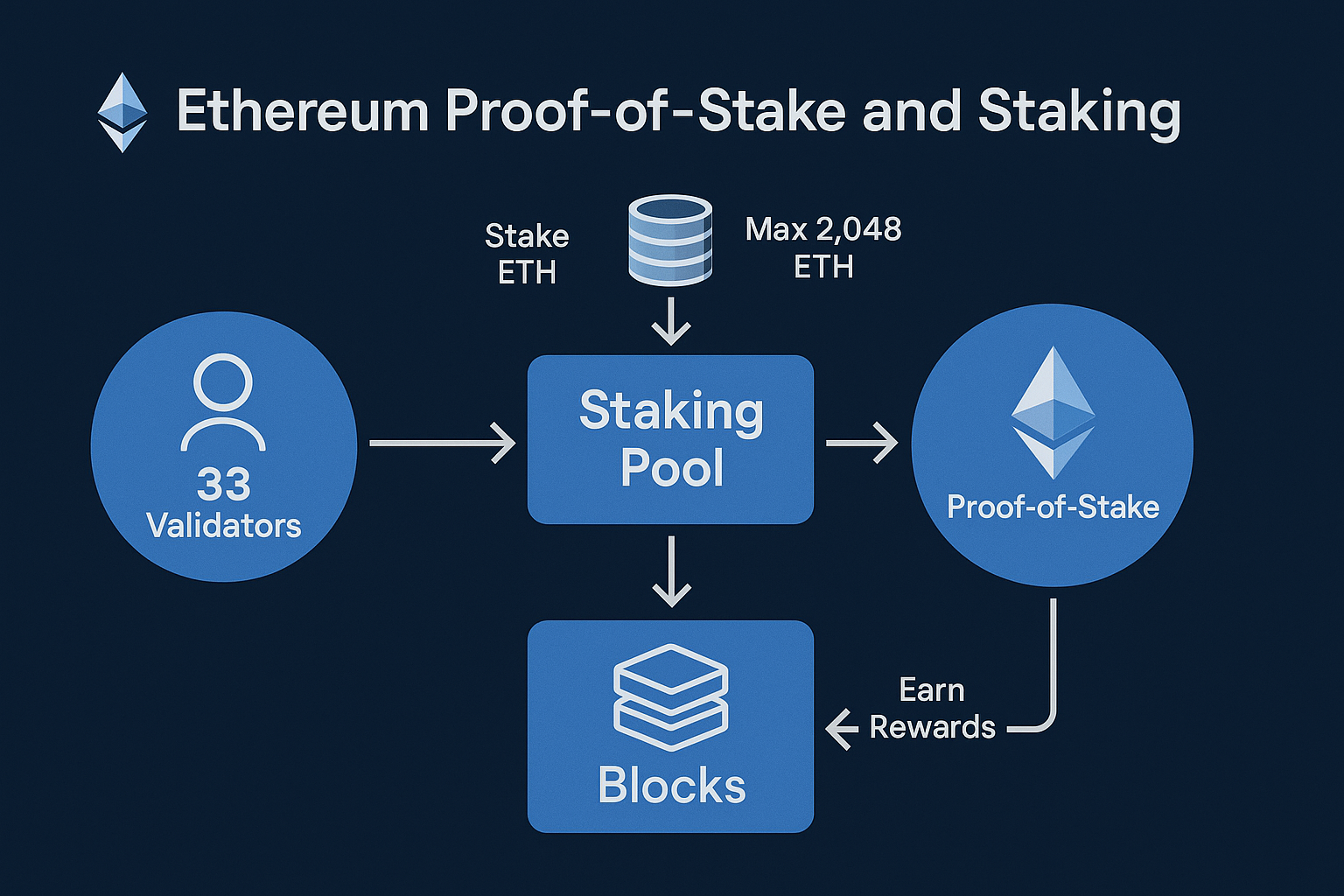
One of the most notable impacts of the Pectra upgrade is on Ethereum validators and the overall staking ecosystem. The introduction of EIP-7251, which increases the maximum validator stake from 32 ETH to 2,048 ETH, directly affects how validators will operate on the Ethereum network.
This change allows validators to consolidate their stakes, reducing the total number of validators necessary to secure the network. As a result, the Ethereum network will likely see a more capital-efficient validator set, as fewer but larger stakes will be required to maintain network security. This shift could also reduce the overall complexity of managing large numbers of small validators, which often leads to inefficiencies and higher operational costs.
The increase in validator stakes could open the door for larger institutional players to participate more readily in Ethereum staking. With fewer, but more substantial, validators, institutional investors could see the network as a more attractive opportunity for long-term investments, as they are able to operate large validator pools more cost-effectively. This change could lead to more institutional participation in Ethereum’s staking model, which would bring greater liquidity and stability to the network.
Furthermore, this upgrade is expected to streamline the validator exit process through EIP-7002, which secures validator actions by integrating them more tightly with the execution layer. This ensures that validators can easily withdraw or exit the network without compromising security, reducing the risk of exploitative behavior and fostering a more reliable staking ecosystem.
In the long term, the Pectra upgrade aims to make Ethereum’s staking ecosystem more sustainable, more secure, and more appealing to both individual and institutional validators. The improved efficiency and lower operational costs could drive further adoption of Ethereum’s Proof-of-Stake model, leading to a more decentralized and robust network.
Enhancements to User Experience and Developer Tools
The Pectra upgrade brings significant improvements to the user experience and developer tools within the Ethereum ecosystem. One of the key features is EIP-7702, which introduces smart account functionality. This allows Externally Owned Accounts (EOAs) to temporarily act as smart contracts. For users, this means they can now leverage advanced wallet features like transaction batching and programmable spending controls directly within their Ethereum wallets, without needing separate smart contracts.
Transaction batching enables users to group multiple transactions into a single operation, reducing gas costs and simplifying interactions. Additionally, programmable spending limits give users more control over their funds, allowing them to set restrictions or automate spending behavior according to specific criteria. These enhancements improve the overall usability of Ethereum, making it more user-friendly for both casual users and advanced blockchain enthusiasts.
From a developer perspective, the Pectra upgrade will provide new tools to enhance decentralized application (dApp) development. The integration of smart accounts opens up new possibilities for wallet-based applications and identity management, giving developers the ability to create more sophisticated, feature-rich dApps. Furthermore, by reducing the complexity of transactions and integrating smart contract functionalities directly within EOAs, the upgrade makes it easier for developers to build secure and scalable applications.
With these improvements, the Pectra upgrade is set to make Ethereum a more attractive platform for both end-users and developers, driving further innovation and adoption within the ecosystem.
Data Availability and Layer-2 Scalability
A key aspect of the Pectra upgrade is its focus on data availability and its impact on Layer-2 scalability. One of the most important features introduced by the upgrade is EIP-7691, which doubles the blob data capacity per block. Blob data plays a critical role in supporting Layer-2 solutions by storing large amounts of data off-chain while still ensuring it's available when needed for verification on the main Ethereum chain.
By increasing the blob data capacity, Ethereum will be able to support more Layer-2 transactions and reduce the associated costs. This is crucial for the long-term scalability of Ethereum, as Layer-2 networks like Optimism and Arbitrum rely on these off-chain solutions to handle large transaction volumes at lower fees. With increased data capacity, Layer-2 networks will be able to handle even higher throughput, making Ethereum more capable of supporting global-scale applications without sacrificing decentralization.
For users, this means lower transaction fees and faster transaction processing on Layer-2 platforms, making Ethereum more attractive for decentralized finance (DeFi) applications, NFTs, and other high-demand services. As Ethereum continues to scale, the Pectra upgrade positions it as a more robust and efficient platform for both users and developers alike.
Timeline and Activation Details
The Pectra upgrade is set to activate on Ethereum's mainnet on May 7, 2025. Prior to this, the upgrade will undergo a series of testnet activations, allowing developers and validators to test the new features and ensure stability across the network. These testnet phases are crucial for identifying any potential bugs or vulnerabilities before the mainnet launch.
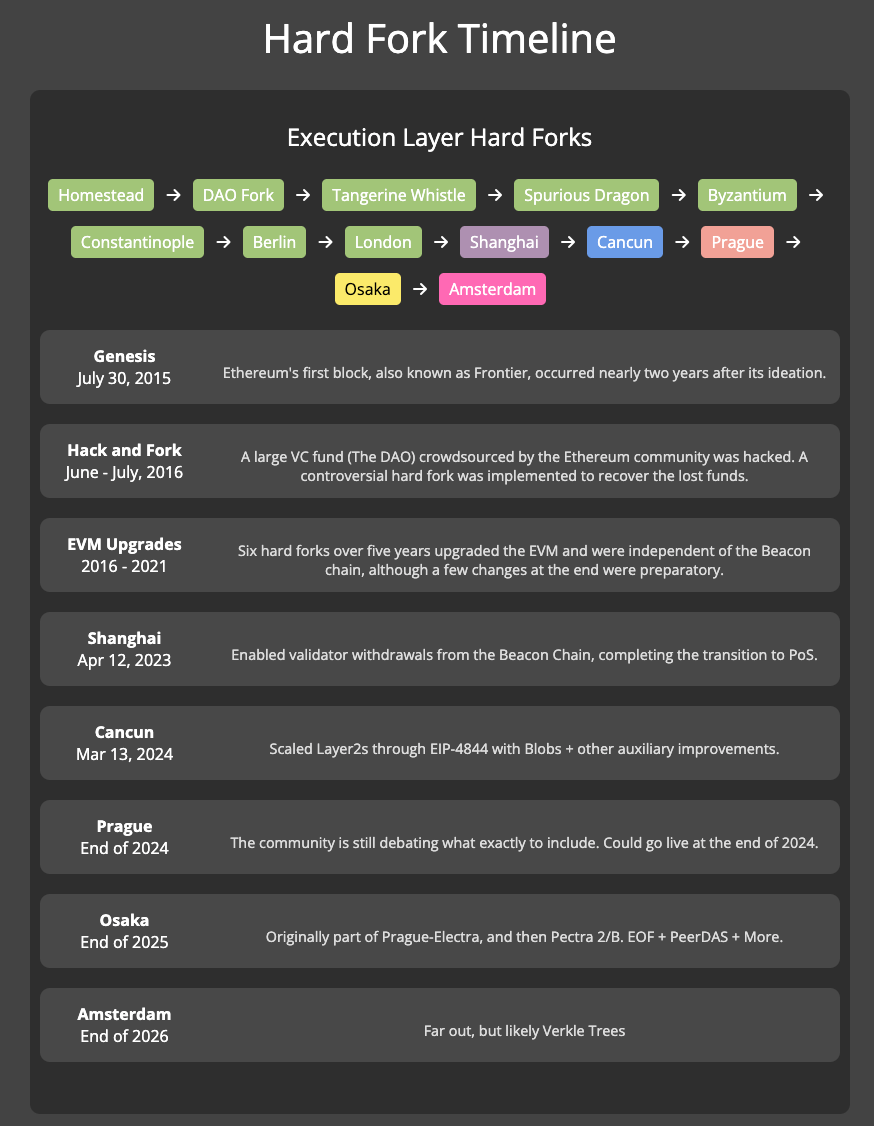
As the Ethereum network moves closer to the mainnet activation date, the community can expect a gradual rollout of the Pectra features. This phased approach ensures that any issues that arise can be addressed without jeopardizing the overall network security or user experience. Ethereum's core developers and stakeholders have already begun preparing for the upgrade, and there are ongoing discussions about the finalization of the proposed EIPs and their integration into the mainnet.
Once activated, the Pectra upgrade will mark a new chapter in Ethereum's evolution, enhancing scalability, security, and user experience for both developers and users.
Conclusion: What does Pectra Bring to Ethereum?
The Pectra upgrade represents a transformative step in Ethereum’s evolution, offering significant improvements in scalability, validator efficiency, and user experience. With the introduction of new Ethereum Improvement Proposals (EIPs) like EIP-7251, EIP-7702, and EIP-7691, Ethereum will become more robust and capable of handling increased transaction volumes and decentralized applications.
As the upgrade approaches its May 2025 mainnet activation, Ethereum’s future looks promising, with enhanced features that will benefit both developers and users. Stay tuned as Ethereum continues to innovate and strengthen its position in the blockchain space.
Ethereum Pectra Upgrade FAQ
The Pectra upgrade is a major Ethereum protocol enhancement combining the Prague execution layer and Electra consensus layer updates, aiming to improve scalability, usability, and validator efficiency.
The Pectra upgrade is expected to activate on Ethereum's mainnet on May 7, 2025.
EIP-7251 increases the maximum validator stake from 32 ETH to 2,048 ETH, allowing for consolidation and improved staking efficiency.
EIP-7702 enables Externally Owned Accounts (EOAs) to temporarily act as smart contracts, facilitating features like transaction batching and programmable spending controls.
The upgrade is expected to double blob data capacity per block, reducing Layer-2 transaction fees and increasing throughput.



